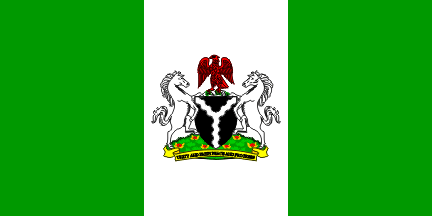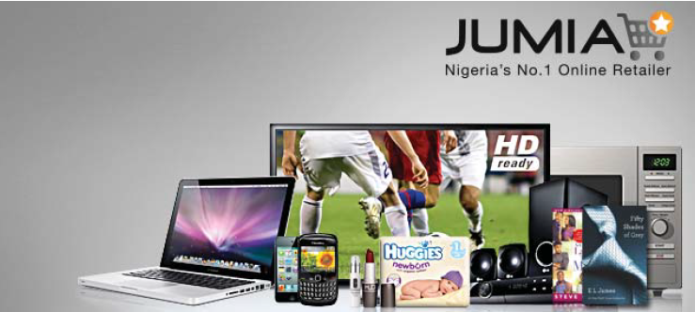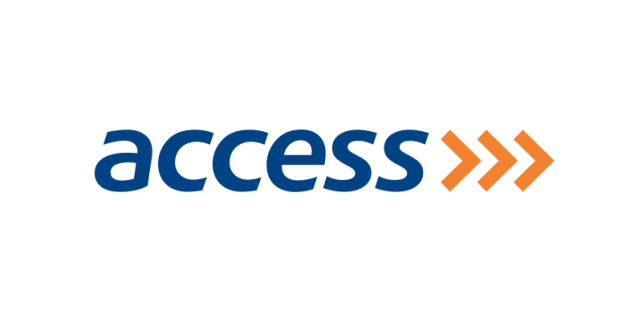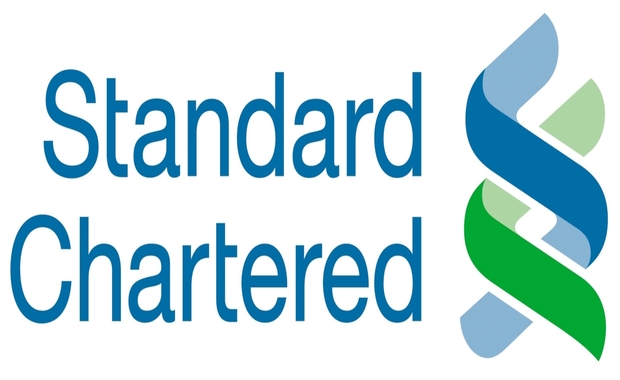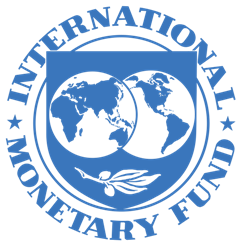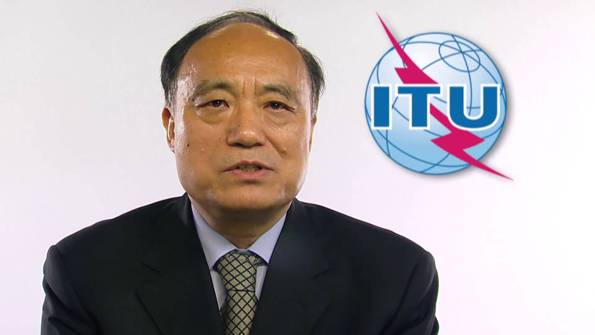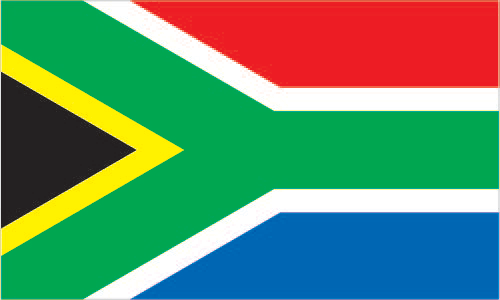There are growing indications that the Senate may not confirm Hon. Rotimi Amaechi and Babatunde Raji Fashola as ministers following growing allegations of corruption during their tenure as executive governors of Rivers and Lagos states respectively.
‘Cost of Finance Too Expensive in Africa’
“I would say the biggest challenge companies face is the cost of finance. Funds are very expensive in Africa,” says Jonty Levin, a Partner at financial advisory and structuring specialist, Alkebulan.
JUMIA Seeks Better Infrastructure for e-Commerce in Africa
Francis Dufay, the Managing Director of JUMIA Côte d’Ivoire has called for better infrastructure to foster rapid and sustainable growth of the e-commerce sector in Africa.
Access Bank GMD, Wigwe, to Lead Discussions at The Economist Nigeria Summit 2016
Mr. Herbet Wigwe, Group Managing Director/CEO, Access Bank Plc, will lead economic and business discussions at the forthcoming The Economist Nigeria Summit scheduled for early 2016.
Red Star Express Restates Education Strategy, Awards Scholarships
Red Star Express Plc has restated the strategic importance of primary and grassroots education as a catalyst for overall economic growth and long term improvement of life.
Standard Chartered Bank to Sack 1,000 Senior Staff
Standard Chartered Bank, after persistent denials, has confirmed imminent sack of 1,000 senior staff to reduce cost, according to an internal memo sent to staff.
Nigeria Leads Africa Hotel, Tourism Sector Growth
The hotel and tourism industry in Africa is beginning a period of sustained growth, according to the sector’s leading experts gathered at the Africa Hotel Investment Forum in Addis Ababa, Ethiopia.
$3tr Emerging Markets Debt Threatens Global Economy
The International Monetary Fund (IMF) says emerging markets have over-borrowed over $3 trillion in debt, thus posing the greatest risks to the global economy amid a fifth straight year of slowing growth.
CTO Strengthens Co-ordination Role for ICTs in Commonwealth
Shola Taylor, Secretary-General, Commonwealth Telecommunications Organisation (CTO) has pledged to ensure the CTO plays a greater role in co-ordinating the views of all Commonwealth member countries at international meetings, especially at treaty meetings convened by the ITU.
Nigerian wins Young Innovators Competition at ITU Telecom World 2015
A Nigerian, Ogbonnaya Bassey has been announced as one of the winners of the Single Board Challenge in the ITU Telecom World 2015 Young Innovators competition sponsored by Intel.
SA Retains Ranking in 2015 Ibrahim Index of African Governance
South Africa has retained its position in the 2015 Ibrahim Index on Africa Governance. In the 2015 Index, South Africa has retained its rank of 4 of 54 countries assessed in the Index.
Beyonic, Accord to Transform Mobile Money in Africa
Beyonic, a technology company that aims to eliminate rampant use of cash in emerging markets, is announcing a partnership with Mobile Accord that will make Beyonic the largest mobile money aggregator in Africa.
Global ICT Leaders to Share Insights at ITU Telecom World 2015
The rapid pace of digital transformation is creating new ecosystems, players and even industries – all holding tremendous potential. But how can this potential be harnessed for the benefit of all?
The Federal Cabinet: Time for Effective Governance
The 2015 Presidential Election ended on Saturday, March 28, 2015. It now belongs to the history books. Regardless of the pros and cons of the polls, it came and went.
Still on Entrepreneurship!
In the past three editions, l dwelt on the topic of entrepreneurship because readers kept asking for more. In this edition however, l consider it pertinent to showcase real-life successful entrepreneurial CASE STUDY-away from all the grammar! A case of practical example-indeed.


